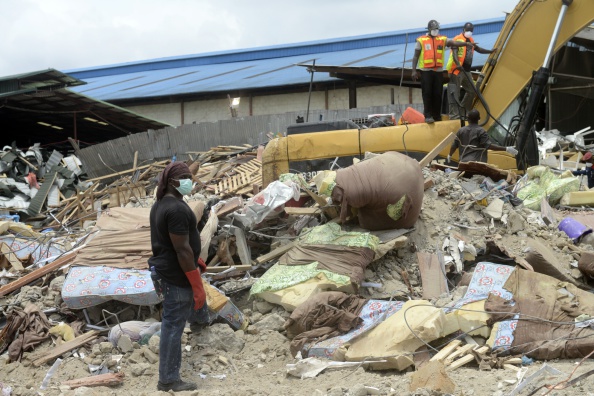From 2002 till date, Nigeria, Africa’s most populous nation, has seen a disturbing rise in the number of collapsed buildings in the country. These sad happenings have not only resulted in the loss of lives, it has displaced families and cost many people their sources of livelihood.
To put this in context, a 2020 study ranked Nigeria as the top country in the frequency and intensity of building collapse in Africa following the 221 recorded building collapse between 1974 and 2021, as revealed by various government agencies.
The most recent collapse of a building in Nigeria was the Kano incident on Tuesday at Beirut GSM Market, which authorities have pronounced three people dead at the time of this report.
By the numbers
Of the 221 recorded collapsed buildings, Lagos State, Nigeria’s economic hub has suffered 167 cases between 2000 and 2021. 78.4 percent of the 167 cases in Lagos State were residential buildings, 12.8 percent were commercial buildings and the remaining 8.8 percent were institutions. Again, the collapse of buildings has displaced 6000 households with an estimated $3.2 trillion worth of property destroyed.
Why buildings are collapsing
General causes of building collapse as observed in Nigeria include natural hazards, aging, poor materials, design error, etc. But many of the recorded cases of building collapse in the country point to developer’s errors, bypassing of professional procedures, employing the services of unskilled builders, alteration of building permits, etc.
As a case study, after the collapse of the Ikoyi 21 storey building, the General Manager of Lagos State Building Control Agency reported the authorities approved the construction of a fifteen (15) storey building and not 21 floors.
Another reason buildings collapse in Nigeria according to the former Chairman of the Nigerian Institute of Building (NIoB), Mr. James Ogbagha is the negligence by authorities in carrying out “appropriate regulations in the sector.”
Again, Abidemi Bello, a fellow of the Nigerian Institute of Quantity Surveyors, in his opinion stated that certified professionals “took part in less than 20% of the total volume of construction activities going on across the nation.”

